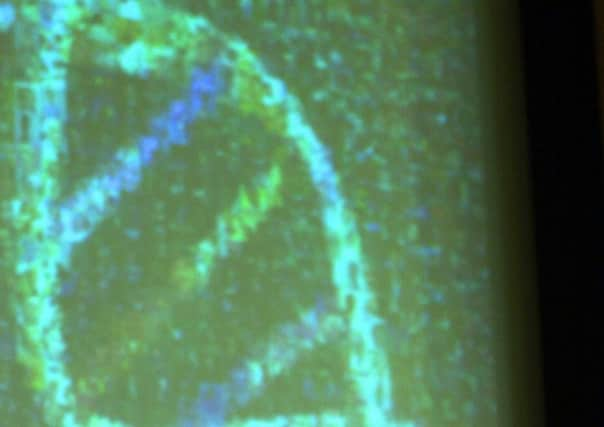How Scotland – and you – can play key part in genetic health revolution – Catherine Calderwood


Our DNA code is the recipe for making all the complex machinery of the human body. About two per cent of it codes directly for our 22,000 genes, and we are just learning to understand how differences in our genes and the other 98 per cent of our DNA interact with the environment to cause diseases. Most of our gene differences are inherited from our biological parents. Small variations in the code are common – about one in 1,000 of the elements of a person’s code are different from other people’s. Some of these variants are responsible for the characteristics that make us who we are.
Alterations in a single gene can have a big effect, causing diseases like cystic fibrosis, familial breast and ovarian cancer and some forms of inherited heart disease. Three decades on from the discovery of genetic sequences underpinning conditions like sickle cell disease, cystic fibrosis, Duchenne muscular dystrophy and Huntington disease, the NHS across Scotland is exploring the use of testing all of a person’s genetic code – their genome – in everyday healthcare.
Advertisement
Hide AdAdvertisement
Hide AdAlready Scots are being offered genetic tests as part of their healthcare. All women diagnosed with breast cancer under the age of 40 have the opportunity of a test of the genes BRCA1 and BRCA2 which cause hereditary breast cancer. Positive results will influence their choices for surgery and chemotherapy, and close relatives who are found to share the causative gene variant will be offered preventive check-ups and/or surgery. This very specific testing is being used for increased numbers of patients to improve diagnosis and target treatment. The ability to analyse a person’s entire DNA offers the opportunity to diagnose common and rare genetic conditions in a more comprehensive way. I am excited to see these tests become part of routine healthcare in Scotland this summer for children and adults with severe developmental disorders, including learning disabilities. The new test will improve the rate of diagnosis of these rare disorders from 10 per cent up to around 50.
The value of a genetic diagnosis goes far beyond direct improvements in healthcare. When you live with a child with a profound learning disability, understanding why and having a name for their condition helps people through the day-to-day battles. ‘Undiagnosed Children’s Day’ last week celebrated the bravery of families affected by unknown genetic conditions. So why can’t we use these techniques to diagnose all genetic conditions? Currently, the biggest problem is lack of knowledge about the real impact of individual gene variants when a condition has not yet been seen in a person or their family. This could result in significant anxiety and doctors would not be able to provide useful advice about something that may not occur. Not to mention, offering genomic testing could result in potential overtreatment in cases where the condition is not present. There is a way to get this knowledge but it will require hundreds of thousands of citizens to share de-identified genetic and health record data for the greater good. There is enormous potential for Scotland to play a key role in developing the knowledgebase for the genomic healthcare of the future and perhaps you (via your DNA) can be part of this future too.
Catherine Calderwood is grateful to Professor Zosia Miedzybrodzka of Aberdeen University for her contribution to this article.